Log in or create new account to save this product to your wishlist.

How to Prepare Your Garden for Winter
Winter is coming! Get winter care tips for perennials, trees, shrubs, and more. Survive the colder months & come back stronger in the spring.
🌱 All important maintenance moments for your lawn during the year. Leave your email and we will send you the lawn calendar for free.
Enter your email
Receive the lawn calendar in the mail
Enjoy a green lawn all year round!

- Order by 2PM = shipped today
- 250.000+ satisfied customers!
- 60 day satisfaction guarantee
Are you getting ready to pack away your gardening tools? Maybe you’re looking out of your kitchen window and wondering if you should tidy up your tired-looking winter garden or leave it til next year. The answer, of course, is yes — there are many ways of preparing your garden for winter, ensuring it emerges strong and vibrant in the spring.
- Understanding the Importance of Winter Preparation
- The Basics of Garden Winter Prep
- Preparing your garden for winter – advanced tips
- Beyond the Garden: Winter Care for Tools and Equipment
- Looking Ahead: Planning for Next Year’s Garden
- Preparing your lawn for winter
- Preparing your garden for winter – shrubs and bushes
- Preparing your outdoor pots for winter
- Preparing your veg patch for winter
This comprehensive guide provides a thorough approach to garden winter prep, ensuring plants flourish and survive – even in the coldest months.
Ready? Let’s get started.
Understanding the Importance of Winter Preparation

Winter, with its freezing temperatures and harsh weather conditions, can have a detrimental effect on your plants.
And without proper preparation, you could see a significant reduction in your garden’s health and productivity come spring.
So, don’t leave your garden looking untidy and unloved — get out there and prepare.
Why Prepare Your Garden for Winter?
- Plant Protection: Many plants are sensitive to the cold and can die if exposed to freezing temperatures. Therefore, appropriate winter preparation can help protect these vulnerable plants.
- Soil Health: Winter’s rainy, cold weather can cause soil erosion, which often leads to nutrient depletion as the rain washes away your soil’s nourishment. So, you can help maintain your soil’s health with the proper winter preparation.
- Pest Prevention: Winter is a prime time for pests and diseases because they exploit your plants’ vulnerability during dormancy. Proper garden preparation can help prevent these issues before they become a problem.
- Spring Preparation: By preparing your garden for winter, you’re also setting the stage for a successful spring. Your efforts now will make it easier to get your garden up and running when the weather warms up.
Let’s look into each of these in more detail.
The Basics of Garden Winter Prep
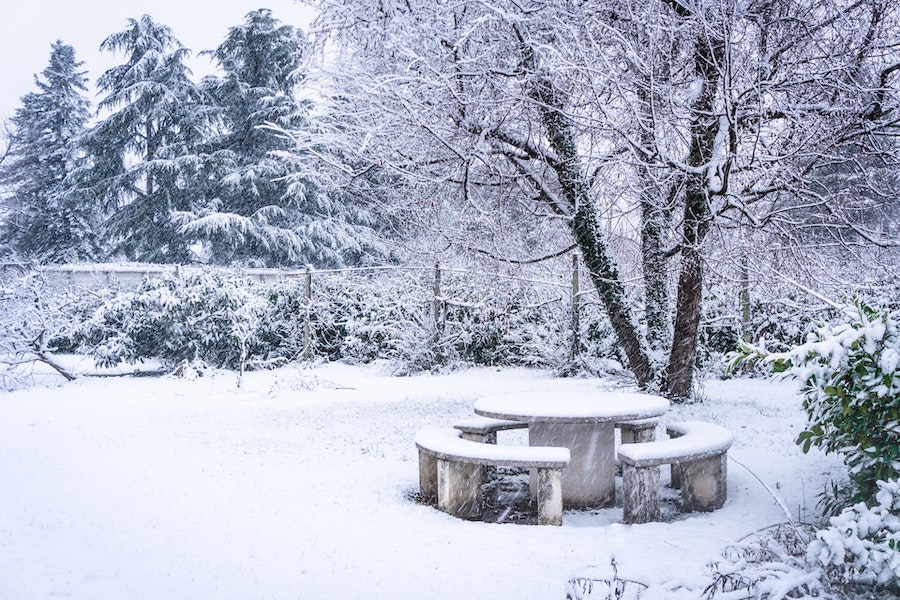
When it comes to gardening in winter, you should follow a few critical steps. These include:
Clearing Your Garden
Start by removing dead plants, weeds, and debris from your flowerbeds, pots, and terraces. This ensures your garden is clean and ready for the winter season.
Not only does this remove potential hiding places for pests, but it also prevents diseases from overwintering in your garden.
Testing Your Soil
Understanding your soil’s health is crucial for successful gardening.
Use a testing kit to check your soil’s pH and nutrient levels. And if necessary, consider adding organic matter or fertilisers to improve your soil’s vitality.
Or if your lawn turf is showing signs of acidity, add Lawn Lime to help gradually raise the pH. This helps make the soil less hospitable to weeds and more accommodating to your grass plants.
Adding Mulch
Mulch serves multiple purposes in winter gardening. It helps insulate the ground and prevent soil erosion. And as the mulch decomposes, it adds fresh nutrients to the soil.
Additionally, in the case of a warm, dry winter, mulch helps your soil retain its moisture.
So, apply a generous layer of organic mulch, such as shop-bought or homemade compost, leaf mould, or wood chips, to your garden beds before the first frost.
Protecting Vulnerable Plants
Some plants are particularly vulnerable to winter conditions.
These include:
- annuals
- tender perennials
- tropicals
- fruit and veg
- plants with soft wood
- Summer-flowering plants
- potted plants
Preparing your garden for winter – advanced tips
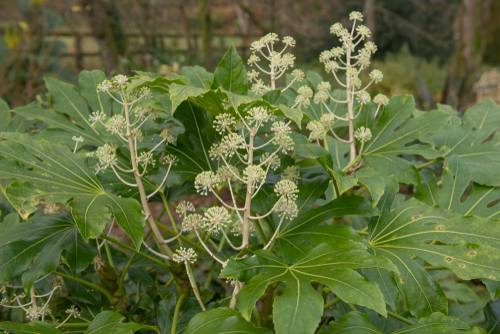
Once you’ve covered the basics, you can move on to more advanced garden winter prep techniques.
Planting for Winter
Some plants thrive in winter conditions, and having a good mix of summer and winter plants helps keep your garden more attractive all year round.
Winter plants add beauty to your garden during the colder months while improving soil health and providing food for local wildlife.
Some of the most reliable winter plants include:
- Winter-flowering cherry
- Cornus sanguinea
- Fatsia japonica
- Hellebore
- Winter honeysuckle
- Daphnes
- Mahonia
- Calluna
- Eranthis
- Winter heath
- Winter jasmine
- Holly
- Hazel
- Irises
- Primrose
- Dahlia
- Cyclamen
- Aubretia
- Plantain lilies
So, as you can see, there’s a plethora of beautiful, winter-flowering plants that can brighten up your otherwise hibernating garden. And many of these grow as happily in pots as in the ground.
Creating Windbreaks
Strong winds cause significant damage to your garden.
So, create windbreaks or shelterbelts to help protect your plants during harsh winter weather. These can be made from various materials, including fencing, hedges, or even a row of trees.
Improving Drainage
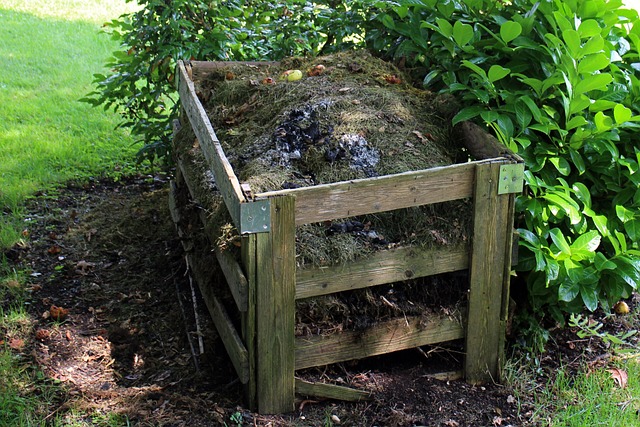
Waterlogged soil can be harmful to many plants. And clay soil, particularly, is prone to flooding because it retains water, holding it around plant roots, which can cause rot.
Improving your garden’s drainage is easier than you might think and is often a case of addressing the heaviness of clay soil.
One of the best ways to improve drainage in clay soil is adding organic matter, such as compost or horticultural sand. This dissipates the soil’s heaviness and enhances the structure, allowing water to pass through and away from plants’ roots.
In the case of improving the topsoil of your lawn, you’ll want to topdress it. Find out how to topdress your lawn in our expert’s guide.
Pruning
It’s not too late to prune deciduous plants in winter — these are plants that lose their leaves in autumn. These plants send their food reserves to their roots after losing their leaves — indeed, pruning these plants in summer can remove the food they store in their leaves.
So, prune your deciduous plants before you store your tools for the winter. This ensures they have ample resources to spring back to life in spring, balancing their roots with fresh top growth.
Beyond the Garden: Winter Care for Tools and Equipment

Your garden isn’t the only thing that needs preparing for winter. Your tools and equipment also need some TLC to ensure they’re ready for the next gardening season.
Cleaning and Sharpening Tools
Clean your gardening tools thoroughly, removing any soil or plant material. Sharpen any devices that require it, and oil them to prevent rust.
Servicing Machinery
Consider a professional service for cleaning, lubricating parts, and sharpening cutting surfaces for larger equipment, like mowers and strimmers.
This ensures they’re in top working order for the next gardening season.
Proper Storage
Store your tools and equipment in a dry place, protected from the elements, like a garden shed. This prevents rust and keeps them safe from the elements.
Looking Ahead: Planning for Next Year’s Garden

While you’re gardening in winter, it’s also the perfect time to start planning for the following year.
Consider the following:
Crop Rotation
Crop rotation is a crucial aspect of maintaining soil health. It prevents the build-up of disease and pest populations and can help improve soil fertility.
So, start planning your crop rotation strategy for the upcoming year. This includes fruit and veg plants as well as flower bed annuals.
Seed Collection
Collect seeds from your favourite plants to sow next year. They should be ripe and dry enough to pick and store by the first few weeks of winter.
Store them in a cool, dry place until you’re ready to plant.
Preparing your lawn for winter
Grass typically goes dormant in the depths of winter, so there’s no longer any need to mow. However, if you’re reading this before the temperature has dropped below 10ºC, then it’s not too late to fertilise your turf.
The ideal winter preparation for a lawn is:
- A final cut
- Fertilisation
- Overseeding (before the temperature drops below 10ºC)
- Removing fallen debris
We have a step-by-step guide to preparing your lawn for winter for more details.
-
TopLong Lasting Lawn Fertiliser
In stock
12.99- Order by 2PM = shipped today
- 250.000+ satisfied customers!
- 60 day satisfaction guarantee
-
Quick Repair Grass Seed
In stock
12.99- Order by 2PM = shipped today
- 250.000+ satisfied customers!
- 60 day satisfaction guarantee
-
Weed-Free Lawn Kit
In stock
35.99- Order by 2PM = shipped today
- 250.000+ satisfied customers!
- 60 day satisfaction guarantee
Preparing your garden for winter – shrubs and bushes
Prune dead, diseased, or broken branches on your shrubs and bushes, but avoid heavy pruning, as this can stimulate new growth that may not survive the winter.
Wrap delicate shrubs in burlap to protect them from snow and wind damage.
Finally, add mulch around the base of the shrubs to insulate the roots from extreme cold.
Preparing your outdoor pots for winter
Move pots in exposed areas to more sheltered locations; group them together for added protection.
Terra-cotta or glazed containers can crack over the winter, so wrap these pots in horticultural fleece to prevent additional moisture absorption. However, you can leave plastic and fibreglass pots as they are.
Preparing your veg patch for winter
Remove all your spent fruiting or veg plants, disposing of them in your garden compost. However, avoid composting diseased plants to prevent the spread of diseases.
Add compost or well-rotted manure to replenish soil nutrients. And consider planting cover crops like rye or clover; these will protect the soil from erosion, improve its structure, and add valuable nutrients.
Finally, mulch the beds with straw or leaves to protect any overwintering crops while suppressing weeds.
Harvest and store vegetables before frost hits and manage your herbs; hardy herbs can stay, while others may require additional protection. Cover your garden beds with compost or manure, and add a layer of straw or mulch to prevent soil erosion and weed growth. Remove blown plants and compost them.
Yes, clearing your garden for winter is essential. It helps to prevent diseases, pests, and weeds from overwintering in your garden. Additionally, it provides a clean slate for next year’s growth, enhances soil health, and helps to safeguard your perennials. Therefore, a thorough winter garden cleanup is highly recommended.
Remove all dead vegetation and rotten fruit from your veg patch to prevent overwintering diseases and pests. Apply a layer of compost and mulch to suppress weeds and protect the soil. Lastly, gather fallen leaves for future mulching and composting.
Any questions?
We hope you have all the information you need to make your winter a fruitful one in the garden. But if you have any questions, send us an email.
Or check out our excellent Help & Advice section, providing hints, tips, and expert insights into all things lawn and garden care.
Thanks for reading!
-
How to Build a DIY Greenhouse: A Practical Guide for Smart SpendersImagine extending your growing season throughout the year, nurturing tender plants regardless of the weather, and creating a personal garden sanctuary. This is precisely what a DIY greenhouse offers you. Let’s learn how to build one.Read more
-
How to Grow Eucalyptus in British GardensWith a little love and care, eucalyptus trees can thrive in English gardens. Since they don’t germinate well without proper help, there are not considered invasive. So, there is no reason not to plant them if you enjoy their looks.Read more
-
Transform Your Garden with All-Year-Round Flowering PlantsDid you know you can enjoy blooming flowers even in January? With the right selection of all year round plants, there’s no need to wait until spring to add some colour to your garden.Read more
-
How to Create a Butterfly Garden: A Simple Guide for British GardensThe UK's butterfly population includes 59 different species. These beautiful winged creatures face a steady decline because of habitat loss, pollution and changing weather patterns. Your garden can become a vital link between nature reserves and natural habitats. Let’s explore how.Read more
-
Volcanic Rock Dust for Your Garden—Application and TipsDid you know that volcanic rock dust is a brilliant organic soil improver? This article explains exactly what it's good for and how to use it properly.Read more
-
How to Use Landscape Fabric ProperlyIf weeds or erosion in your garden are troubling you, landscape fabric might be the solution. We’ll explain how and when to use it properly, just keep on reading.Read more
-
Hostas: A Complete Care GuideIf you have a north-facing garden or some shady corners on your property, hostas are the plants for you. These green delights thrive particularly well in partial to full shade and require consistently moist soil to perform at their best.Read more
-
How to Grow Grapes in Your Garden: A Simple Step-by-Step GuideGrapevines produce some tasty fruits, but often they are simply grown for their gorgeous leaves. Whatever your motivation may be, we have a guide on how to grow grapes for you.Read more
Leave a comment
Your answer will be displayed on the site and the interested party will be notified by email.
Leave a comment
Have a question or want to share your experience? Leave us a comment.

- Order by 2PM = shipped today
- 250.000+ satisfied customers!
- 60 day satisfaction guarantee

- Order by 2PM = shipped today
- 250.000+ satisfied customers!
- 60 day satisfaction guarantee

- Order by 2PM = shipped today
- 250.000+ satisfied customers!
- 60 day satisfaction guarantee

🌱 All important maintenance moments for your lawn during the year. Leave your email and we will send you the lawn calendar for free.
Enter your email
Receive the lawn calendar in the mail
Enjoy a green lawn all year round!




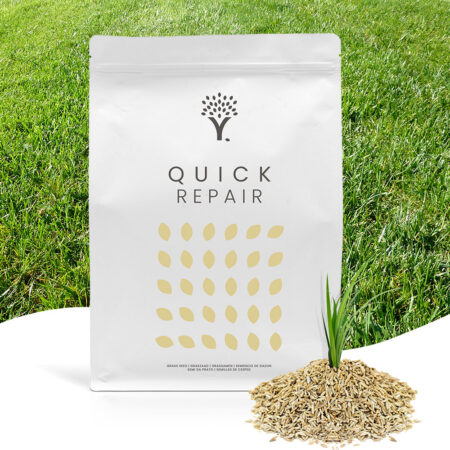
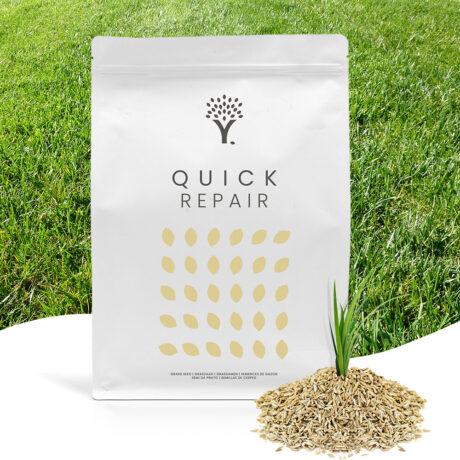
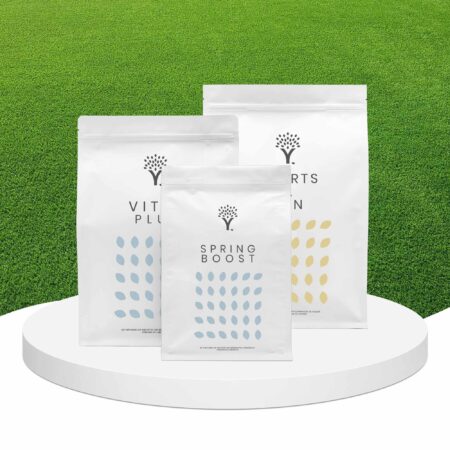
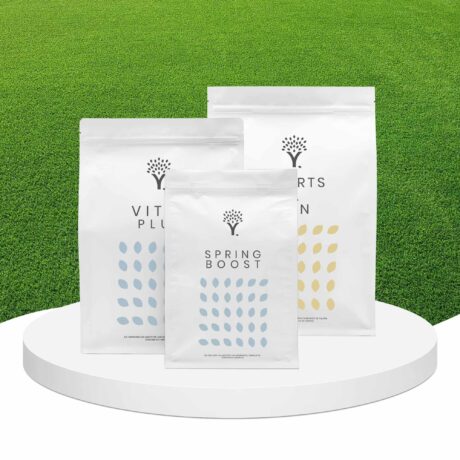

















Comments (0)
There are no comments yet. Well then, what are you waiting for to
Be the first to write your comment!inaugurate this pretty page?
Do you have some comments?